"If I subscribed to the proposition that I am authorized (indeed, I suppose compelled) to intuit and impose our “maturing” society’s “evolving standards of decency,” this essay would be a preview of my next vote in a death penalty case. As it is, however, the Constitution that I interpret and apply is not living but dead—or, as I prefer to put it, enduring. It means today not what current society (much less the Court) thinks it ought to mean, but what it meant when it was adopted." Antonin Scalia, Associate Justice of the Supreme Court
After my piece on District v. Heller, and with the nomination of Judge Neil Gorsuch of the Tenth Circuit Court of Appeals to the Supreme Court dominating the discussion on Capitol Hill as the Senate Judiciary Committee hearings progress, I felt it appropriate to further bring distinction between originalism and living constitution theory in regards to one of the most controversial elements of our criminal justice system: the death penalty.
The constitutionality of the death penalty is one of the severest topics in judicial banter, with living constitutionalists claiming that such penalties for capital crimes are in direct violation of 8th Amendment prohibitions against cruel and unusual punishment. Originalists argue that the decision of constitutionality lies within the people and the grand juries of equitable peers that deal with the issue on a case by case basis. For originalists, such complicated questions regarding convoluted issues like the death penalty are best left to the will of the people and not specifically to the discretion of judges. For this challenge, we will again face off Associate Justices of the Supreme Court Antonin Scalia and Stephen Breyer in a battle of wits in yet another controversial Supreme Court decision that upheld the death penalty in a capital murder case by split 5-4 decision. Originalism vs. Living Constitution Theory Round 2!
In Glossip v. Gross, the question of law surrounded the Constitutionality of the state of Oklahoma’s method of carrying out lethal injection executions for death row inmates. Specifically, the petitioners in the case contended that the first drug in the state’s three-step process (midazolam) fails to cause the prisoner to be insensate to the pain and in effect causes individuals to experience the excruciating effects of the poison. The initial ruling by the District Court found that the petitioners failed to provide conclusive evidence that midazolam was ineffective. Upon writ of certiorari, The Supreme Court affirmed the District Court’s original decision by a 5-4 margin.
Justice Breyer, along with Justice Ruth Bader Ginsburg, predicated his dissent against the majority opinion upon the constitutionality of the death penalty. Specifically, Justice Breyer’s standard for such dissent is taken from an interpretation of the 8th Amendment to the United States Constitution, which prohibits against the imposition of cruel and unusual punishment. One of the greatest concerns for Justice Breyer was the alleged arbitrary nature of the death penalty and argued that “arbitrary” is linked to the 8th Amendment’s definition of “cruel”. According to Justice Breyer, “The arbitrary imposition of punishment is the antithesis of the rule of law… When the death penalty was reinstated in 1976, this Court acknowledged that the death penalty is (and would be) unconstitutional if ‘inflicted in an arbitrary and capricious manner’” (Breyer, 2015). Justice Breyer continued his dissent by positing that despite multiple attempts by the Court over the past 40 years to create confines for the death penalty that would eliminate the risks of arbitrary sentencing (see Kansas v. Marsh), it becomes increasingly clear that there is no way by which such sentencing can achieve “reasonable consistency”.
Part of this inconsistency is related to numerous biases that are prevalent within diverse communities (racial, gender, etc.). From this, it would be impossible to determine whether the jury’s evaluation of mitigating evidence is truly impartial. Pointing to numerous studies that allegedly revealed this bias, including capital cases he himself oversaw over 20 years. According to Justice Breyer, “Moreover, racial and gender biases may, unfortunately, reflect deeply rooted community biases (conscious or unconscious), which, despite their legal irrelevance, may affect a jury’s evaluation of mitigating evidence, see Callinsv.Collins 510 U. S. 1141, 1153(1994) (Blackmun, J.,dissenting from denial of certiorari) (“Perhaps it should not be surprising that the biases and prejudices that infect society generally would influence the determination of who is sentenced to death”). Nevertheless, it remains the jury’s task to make the individualized assessment of whether the defendant’s mitigation evidence entitles him to mercy” (Breyer, 2015).
Another concern or Justice Breyer surrounded the lack of reliability that he alleged plagues death penalty sentencing. Specifically, Justice Breyer posited that along with the complicated nature surrounding investigations in such cases, studies have shown that over the past 30 years, innocent people have been executed. Supporting this premise, Justice Breyer pointed to a study from the National Registry of Exonerations and commentary by the Court in 2002 that the number of exonerations (60 during that time) that have occurred in capital cases have proved to be “disturbing”, and reasoned that such exonerations have increased over the past decade as more evidence pointed to upticks in prejudicial errors. In essence, death penalty cases have a much higher probability of yielding wrongful convictions.
“This research and these figures are likely controversial. Full briefing would allow us to scrutinize them with more care. But, at a minimum, they suggest a serious problem of reliability. They suggest that there are too many instances in which courts sentence defendants to death without complying with the necessary procedures; and they suggest that, in a significant number of cases, the death sentence is imposed on a person who did not commit the crime. See Earley, A Pink Cadillac, An IQ of 63, and A Fourteen-Year-Old from South Carolina: Why I Can No Longer Support the Death Penalty, 49 U. Rich. L. Rev. 811, 813 (2015)” (Breyer, 2015).
A third issue for Justice Breyer entailed the reality of cruel and excessive delays, where individuals spend years on death row before finally being executed. Specifically, Justice Breyer cited that the current average of time for the process to be completed between sentencing and the actual execution is 18 years. Such delays continue to call the constitutionality of the death penalty into question. According to Justice Breyer, the extended wait time in prison subjects the prisoners to decades of dehumanizing confinement (death row inmates usually spend 22 hours per day in confinement). Numerous questions of constitutional legality shroud this, one of which being whether the penological rationale behind the death penalty is lost during that extended period of time. According to Justice Breyer “The upshot is that lengthy delays both aggravate the cruelty of the death penalty and undermine its jurisprudential rationale. And this Court has said that, if the death penalty does not fulfill the goals of deterrence or retribution, “it is nothing more than the purposeless and needless imposition of pain and suffering and hence an unconstitutional punishment. Atkins, 536 U. S., at 319 (quoting Enmund v. Florida, 458 U. S. 782, 798(1982)” ( Breyer, 2015)
Because of the numerous discrepancies that riddle the death penalty according to Breyer, there is no way to assure that such sentencing will indeed be carried efficiently and without any implicit bias and therefore he argues its disposal as a proper method of capital punishment.
In a concurring opinion with the majority decision, Justice Antonin Scalia highlighted the rather routine occurrence of individuals on death row who have been duly tried and convicted before a jury of their peers to make an appeal to the high court on the premise that the death penalty violates 8th Amendment provisions on cruel and unusual punishment after realizing their convictions were unassailable. In his argument, he argued that the dissenting opinion stance also represented the routine occurrence of when a minority group of justices on the high court argue for the death penalty’s abolition while using a plethora of recent abolitionist studies of the “Shakespearean” archetype. “Mind you, not once in the history of the American Republic has this Court ever suggested the death penalty is categorically impermissible.
The reason is obvious: It is impossible to hold unconstitutional that which the Constitution explicitly contemplates. The Fifth Amendment provides that ‘[n]o person shall be held to answer for a capital . . .crime, unless on a presentment or indictment of a Grand Jury,’ and that no person shall be ‘deprived of life . . . without due process of law.’ Nevertheless, today Justice Breyer takes on the role of the abolitionists in this long-running drama, arguing that the text of the Constitution and two centuries of history must yield to his “20 years of experience on this Court,” and inviting full briefing on the continued permissibility of capital punishment, post, at 2 (dissenting opinion)” (Scalia, 2015).
In direct opposition to Justice Stephen Breyer, Justice Scalia continued his castigation of the dissent by asserting that their position reformulates the interpretation of the 8th Amendment and riddles it with “internal contradictions” and “gobbledygook”. He asserted (using Justice Breyer’s logic against him) confirmation of Justice Breyer’s point that defendants are 130 times more likely to be exonerated in a death penalty case than a life imprisonment case, differing with Breyer only on the matter that prosecutors, juries and judges are more pressured to pass death penalty convictions than they are to pass life imprisonment sentences.
Justice Scalia also refuted the claim made by Justice Breyer that death penalties are arbitrary, citing that the accusation of such penalties utilizing “measures of egregiousness” of murderer conduct in capital cases. According to Justice Scalia, “If only Aristotle, Aquinas, and Hume knew that moral philosophy could be so neatly distilled into a pocket-sized, vade mecum “system of metrics.” Of course it cannot: Egregiousness is a moral judgment susceptible of few hard-and-fast rules. More importantly, egregiousness of the crime is only one of several factors that render a punishment condign—culpability, rehabilitative potential, and the need for deterrence also are relevant. That is why this Court has required an individualized consideration of all mitigating circumstances, rather than formulaic application of some egregiousness test” (Scalia, 2015).
Essentially, Scalia argued that because the moral philosophy surrounding issues like this are so contextual, the decision-making process on the defendants and subsequent crimes is left up to the juries. The fact that the judgments in jury decisions vary are rather inevitable in jury trials, even when juries find it necessary to grant mercy to a defendant, according to Scalia.
This is something, according to Scalia, that the Framers have been debating fiercely over for years, which is why the compromise led to the Framers to reserve such contextual questions to the will of the people. Justice Breyer, in Scalia’s opinion, looks to overturn that decision, and in effect abolishes the Framers’ trust in the will of the people as opposed to just the death penalty.
Again, given my repeated analysis regarding why I choose to be an originalist, I do not need to divulge in detail on what position I side with on this issue. However, I leave the choice of how such a complicated issue should be viewed up to the autonomous decision-making of my readers. Thats the entire concept of liberty isn't it? Your welcome media, I just did your job again....


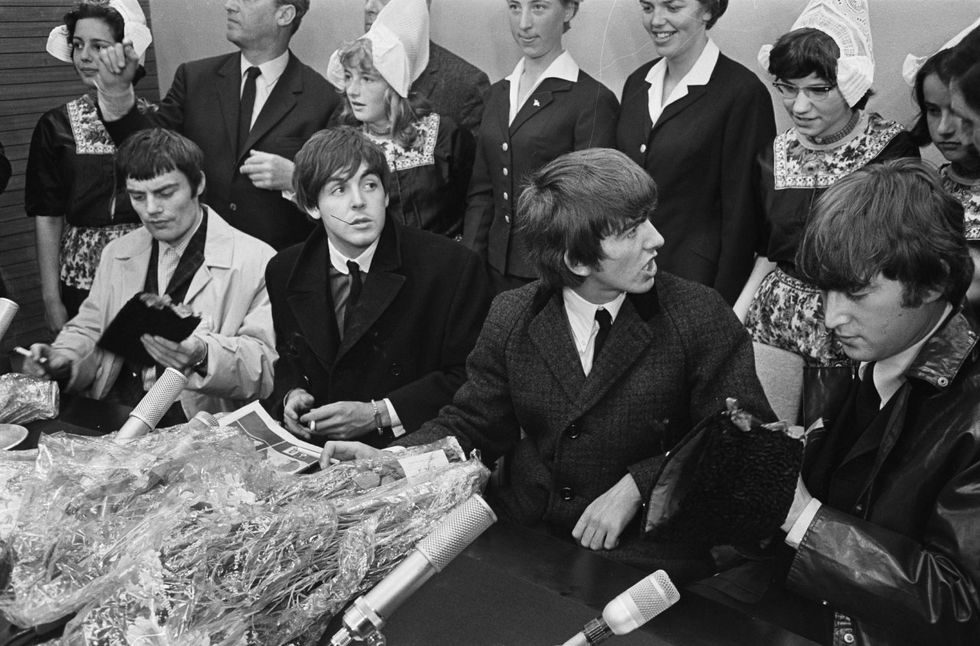

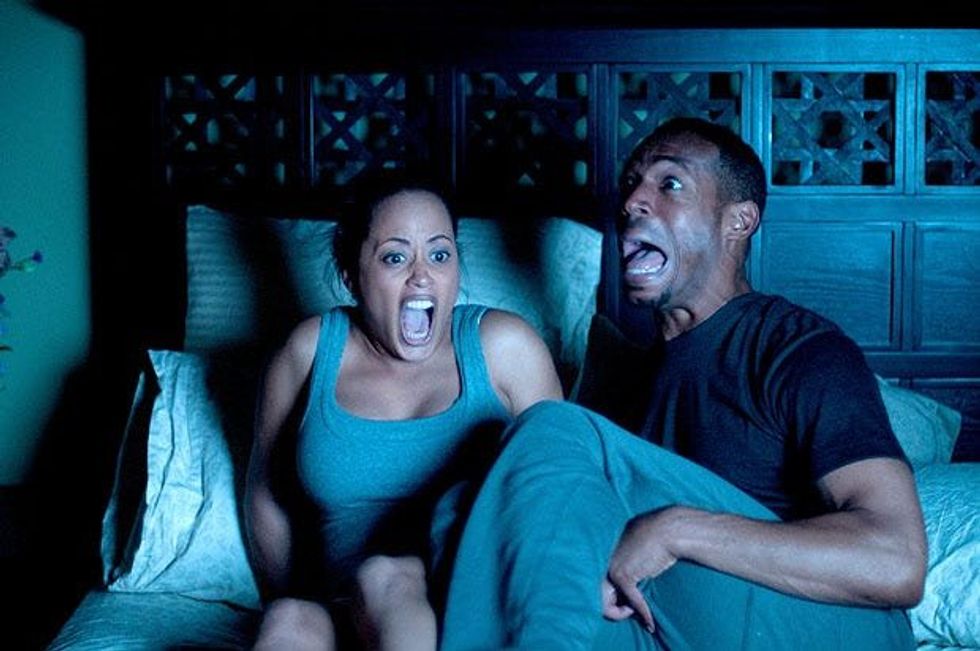
 Going to the cinema alone is good for your mental health, says science
Going to the cinema alone is good for your mental health, says science

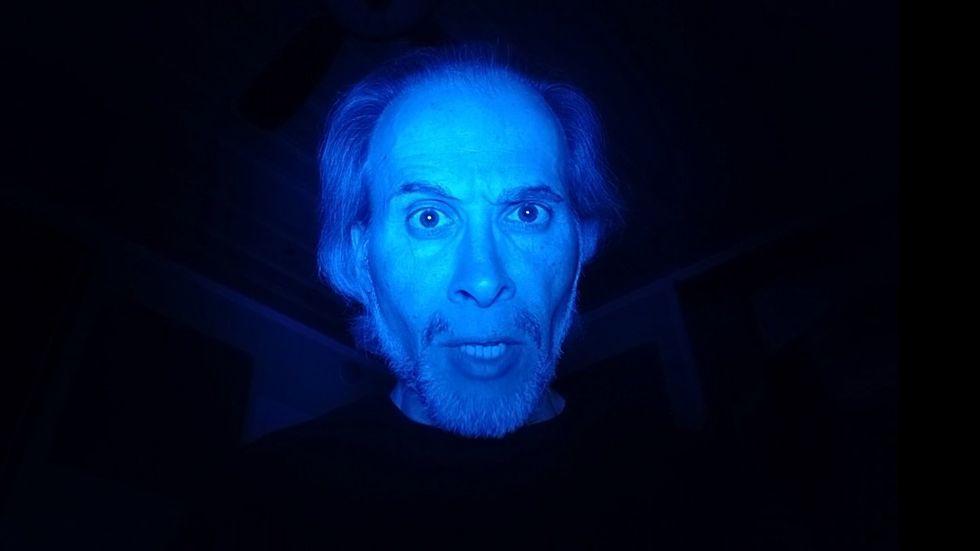
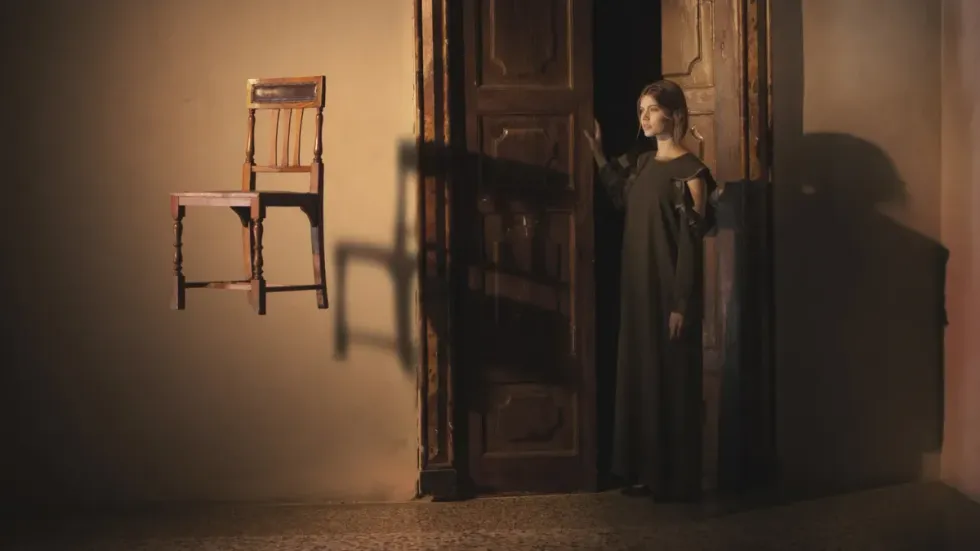


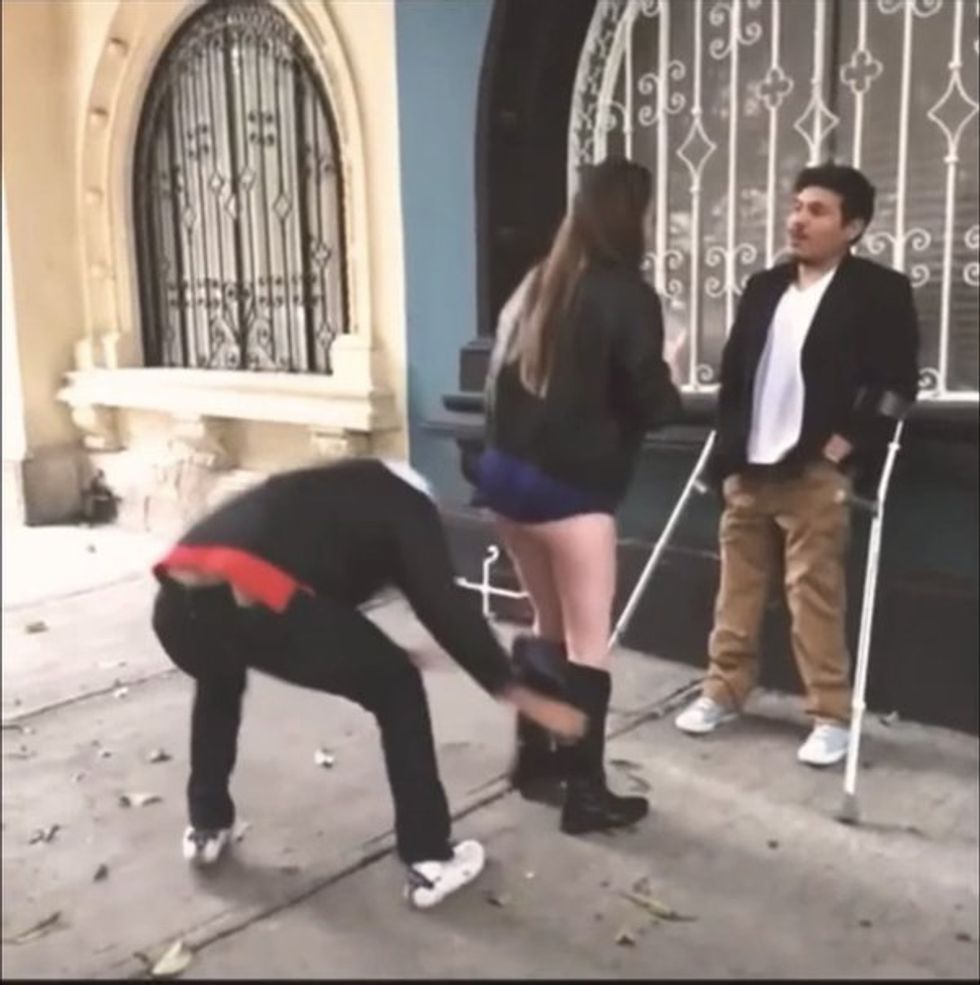


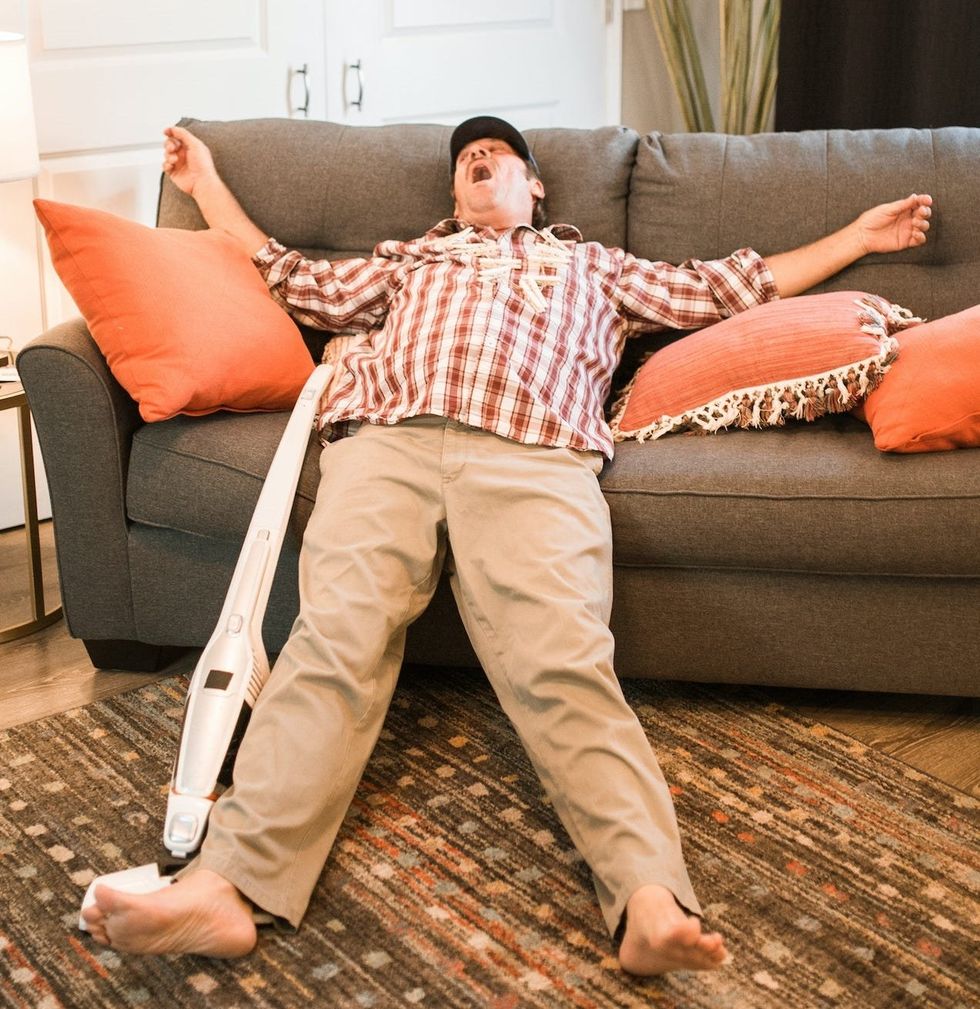
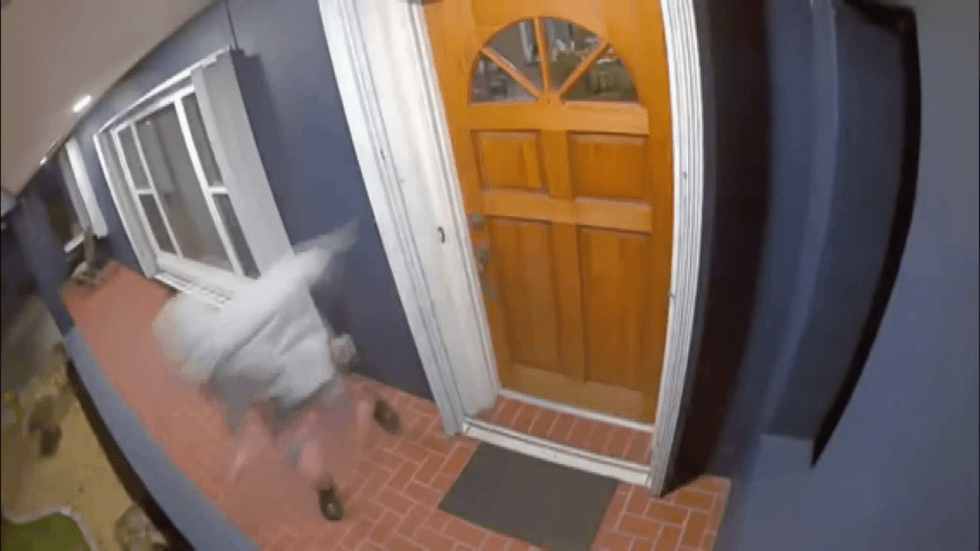


 women in street dancing
Photo by
women in street dancing
Photo by  man and woman standing in front of louver door
Photo by
man and woman standing in front of louver door
Photo by  man in black t-shirt holding coca cola bottle
Photo by
man in black t-shirt holding coca cola bottle
Photo by  red and white coca cola signage
Photo by
red and white coca cola signage
Photo by  man holding luggage photo
Photo by
man holding luggage photo
Photo by  topless boy in blue denim jeans riding red bicycle during daytime
Photo by
topless boy in blue denim jeans riding red bicycle during daytime
Photo by  trust spelled with wooden letter blocks on a table
Photo by
trust spelled with wooden letter blocks on a table
Photo by  Everyone is Welcome signage
Photo by
Everyone is Welcome signage
Photo by  man with cap and background with red and pink wall l
Photo by
man with cap and background with red and pink wall l
Photo by  difficult roads lead to beautiful destinations desk decor
Photo by
difficult roads lead to beautiful destinations desk decor
Photo by  photography of woman pointing her finger near an man
Photo by
photography of woman pointing her finger near an man
Photo by  closeup photography of woman smiling
Photo by
closeup photography of woman smiling
Photo by  a man doing a trick on a skateboard
Photo by
a man doing a trick on a skateboard
Photo by  two men
two men  running man on bridge
Photo by
running man on bridge
Photo by  orange white and black bag
Photo by
orange white and black bag
Photo by  girl sitting on gray rocks
Photo by
girl sitting on gray rocks
Photo by  assorted-color painted wall with painting materials
Photo by
assorted-color painted wall with painting materials
Photo by  three women sitting on brown wooden bench
Photo by
three women sitting on brown wooden bench
Photo by 
 Photo by
Photo by  Photo by
Photo by  Photo by
Photo by  Photo by
Photo by 


 people sitting on chair in front of computer
people sitting on chair in front of computer











